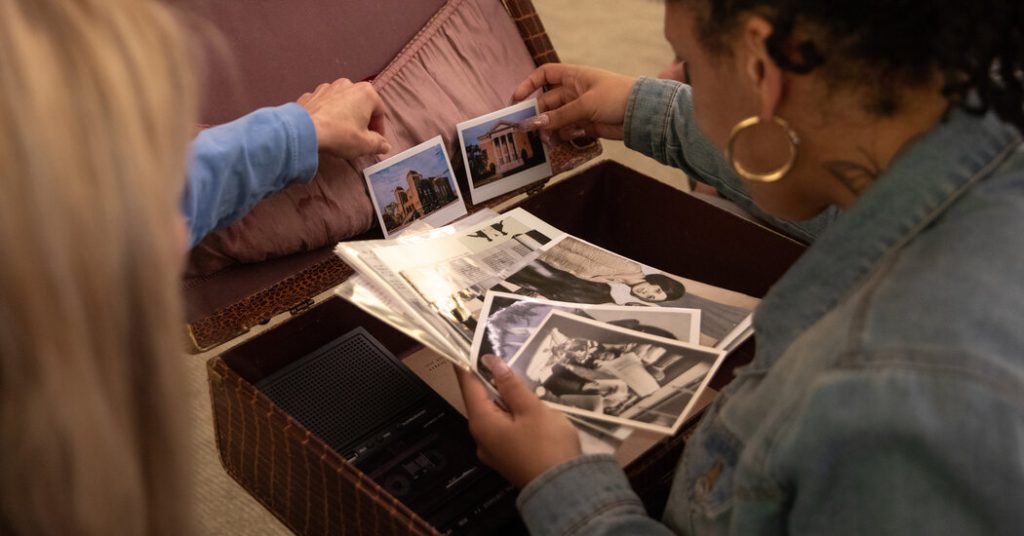The suitcase found at the Temple Beth El synagogue in Birmingham revealed Emil Hess’s life story, including his efforts to integrate his department store, the Parisian, during the civil rights movement. The suitcase sparked a debate among visitors as to what motivated him to take this stand, whether it was genuine fairness, fear of a boycott, or another reason. The exhibit at the synagogue focuses on the individuals who made significant decisions like Mr. Hess, showcasing the complexity of history and the importance of understanding the nuances of people’s responses to social issues.
The exhibit, known as the Beth El Civil Rights Experience, invites visitors to confront their own ambivalence and consider how they would respond to injustices in the present. It provides tours to various groups, including students from Jewish schools and organizations of other faiths, aiming to connect the civil rights history depicted in the exhibit to broader audiences. The project was conceived in response to the racial reckoning of 2020 and the congregation’s desire to explore the role of Jews in Birmingham’s history of racism and activism.
Amidst a backlash to racial justice efforts and a surge in antisemitic incidents, the exhibit and the discussions it provokes are seen as increasingly urgent. Created by Birmingham filmmaker Tyler Jones and the synagogue’s organizers, the exhibit complements other civil rights destinations in the region, offering a unique perspective on the interconnected legacies of racism and activism. Through a Jewish lens, the exhibit prompts visitors to reflect on the complex history of responses to social injustices and consider the lessons that can be learned from the past.
The exhibit recounts the congregation’s own experience with racial terror in Birmingham, including an 18-year-old custodian’s discovery of dynamite at the synagogue in 1958. Despite longstanding alliances between Jewish and Black civil rights activists, the exhibit also explores the limitations of that association and the need for tangible actions, not just good intentions. Participants in the exhibit are encouraged to consider how they can be allies in the fight against oppression, drawing parallels between past discrimination and current issues facing marginalized communities.
As visitors engage with the exhibit and explore Emil Hess’s story, they are encouraged to consider their own role in advocating for justice and equality. The debate among visitors about Hess’s motivations raises questions about the responsibility of individuals to stand up against oppression. One participant, a professor of social work, reflects on the importance of using one’s power and privilege to support others facing discrimination, regardless of the specific community targeted. The exhibit serves as a reminder that social injustices persist and that collective action is necessary to address them effectively.


